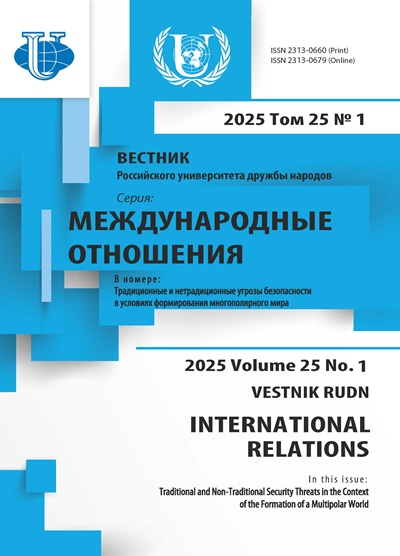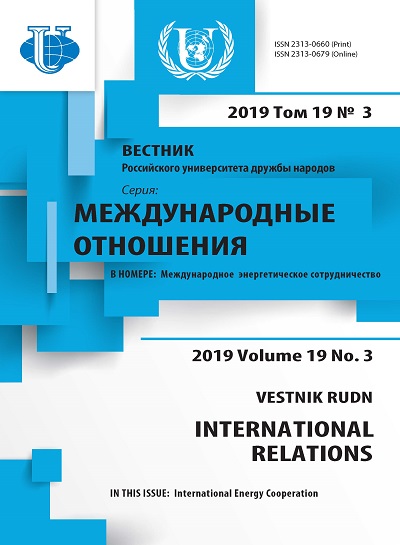Abstract
The article describes the migration of highly qualified specialists, using the case of medical workers in the United States. The theory of Kurt Levin and its later modifications, that explain the attractiveness of certain labor markets for workers, serve as a theoretical basis. The study aims at examining a separate area and the reasons for its attractiveness to foreign labor, as well as assessing the prospects for the inflow or outflow of human capital in the medical industry. The American case is of a special research interest due to the national peculiarities of educational programs for medical workers in particular - the duration and the need of confirmation the qualifications by passing the so called qualification exams. The national system of selecting medical personnel for vacant positions throughout the country is also of interest, as it provides for an element of quotas (allocation of a certain number of jobs for foreign labor) and an element of competitiveness (The National Resident Matching Program). Such a combined system allows the state to maintain a balance in the distribution of seats among US citizens and citizens of other states and at the same time strive to attract the best specialists in medicine on an adversarial basis. The study also reveals a pattern in the share of popularity of certain medical specialties among the migratory and non-migratory population, which allows us to draw conclusions about the possibility of a further more or less influx of foreigners into the positions of narrowly targeted doctors. In general, it can be summarized that the analysis of foreign labor on the example of the United States, as well as government measures to stimulate or restrict access by non-residents to this area, is quite significant and in some way useful as a possible strategy to follow for other countries, including the Russian Federation.











